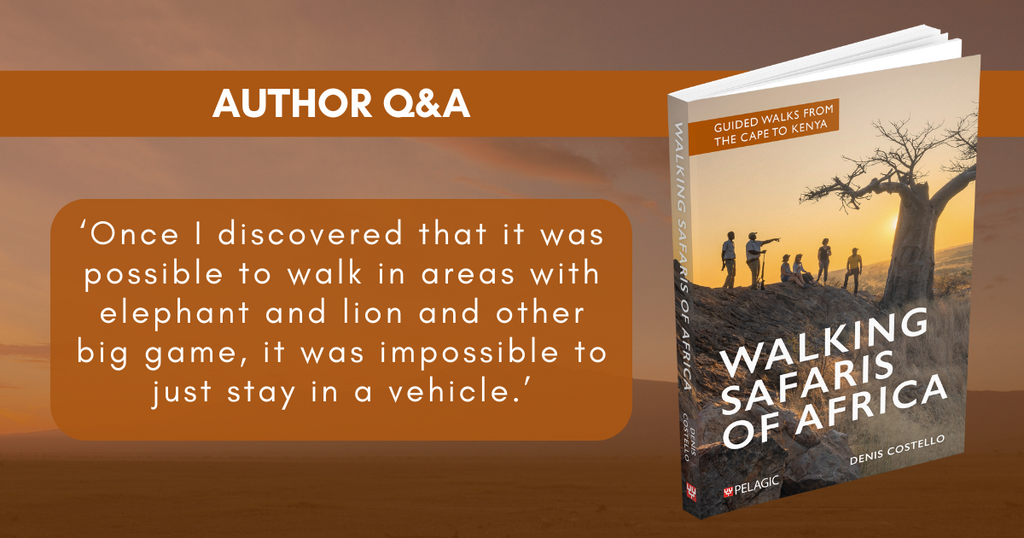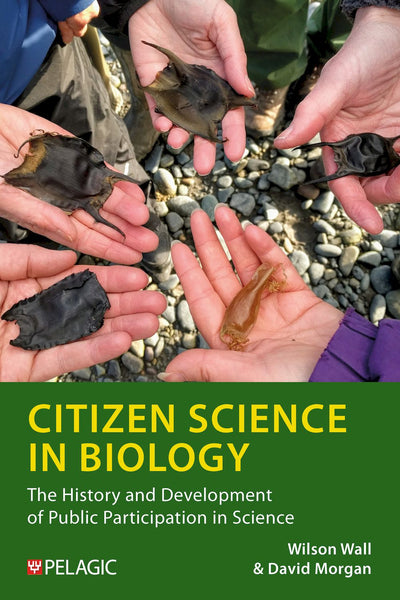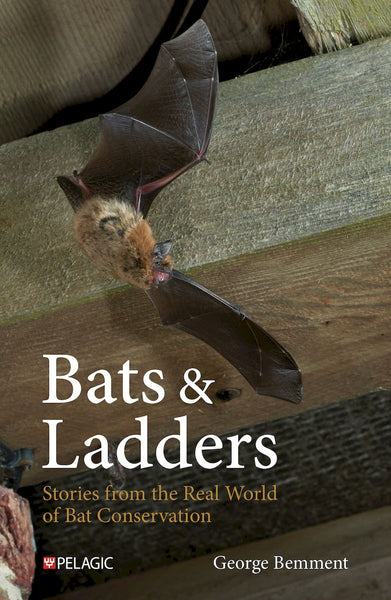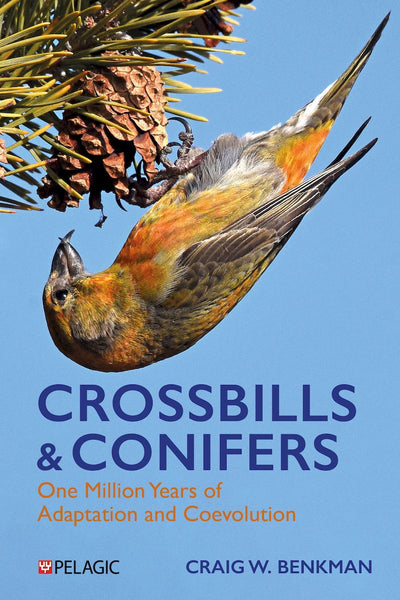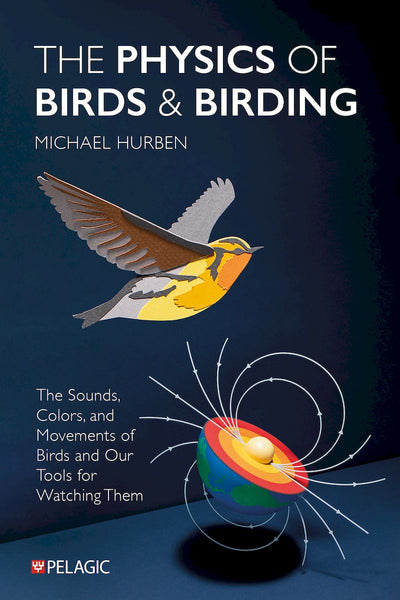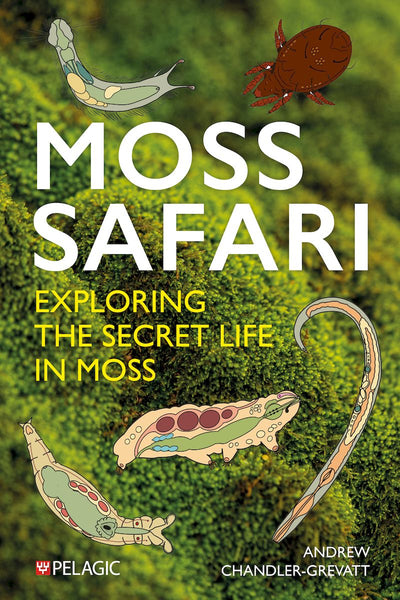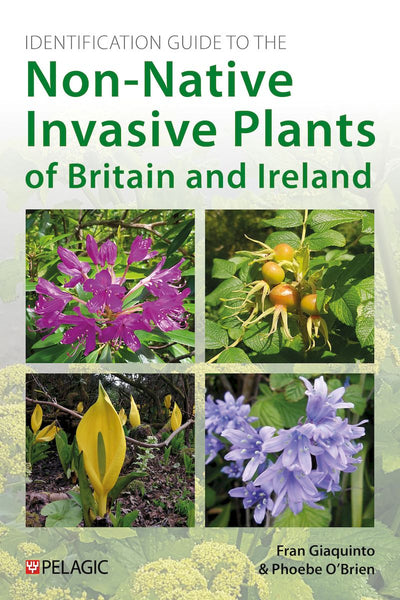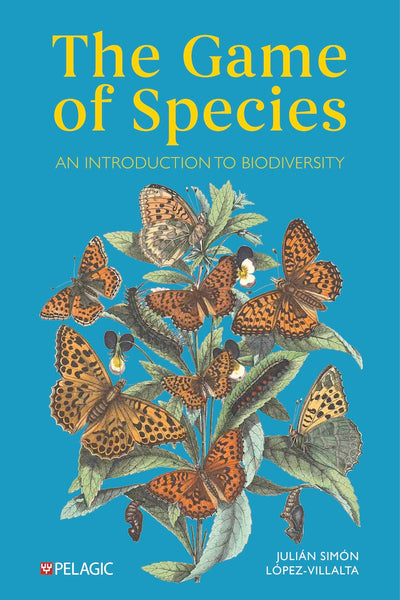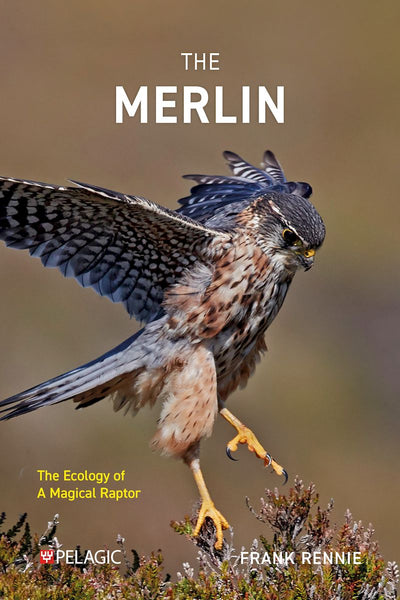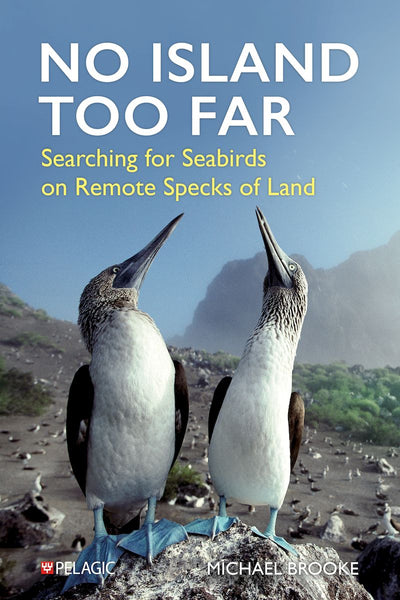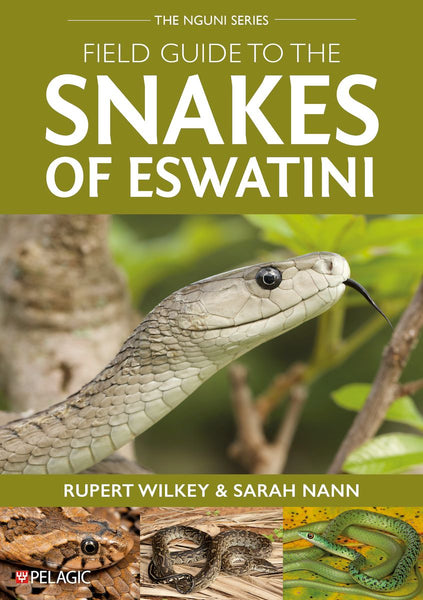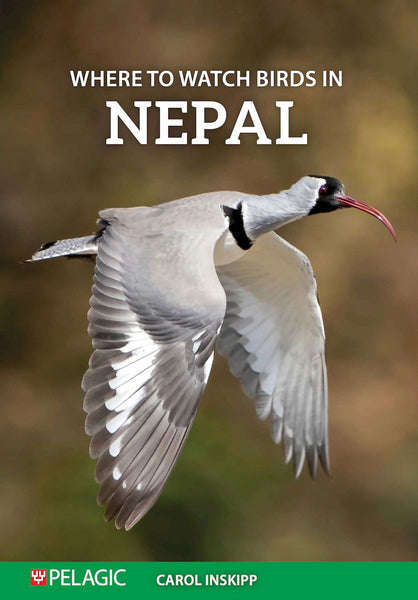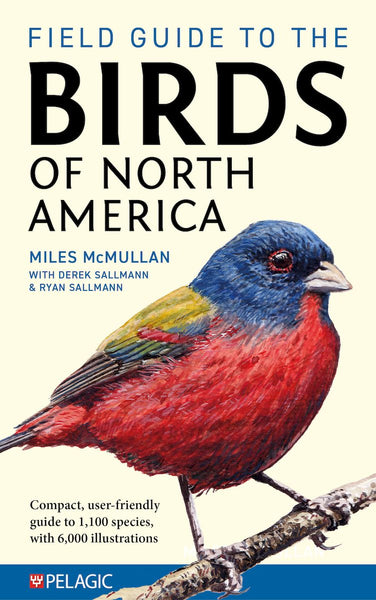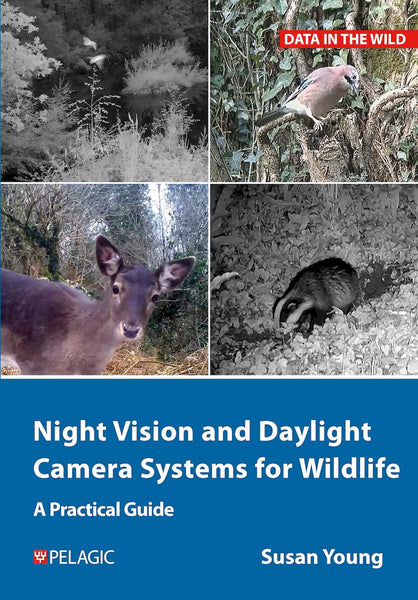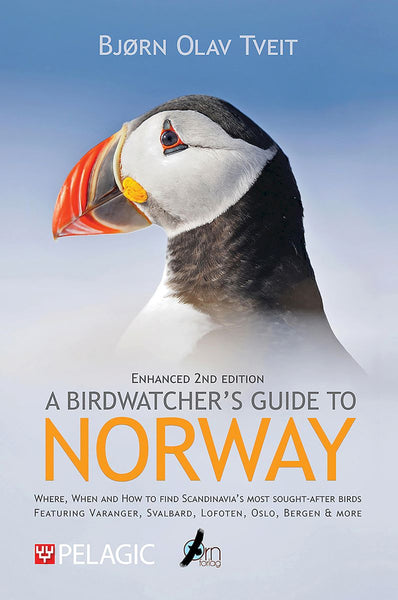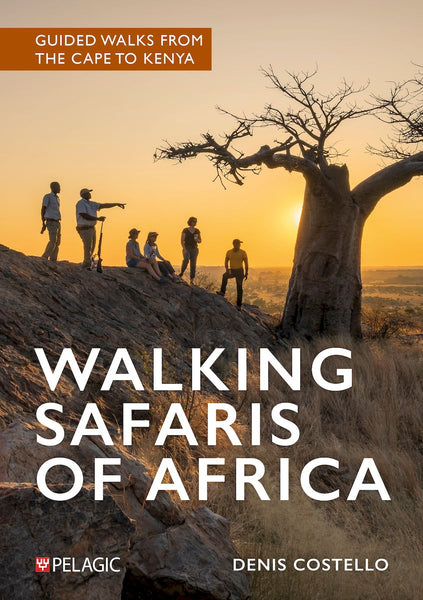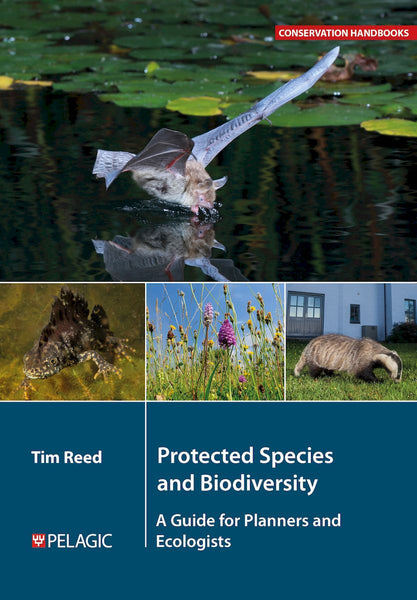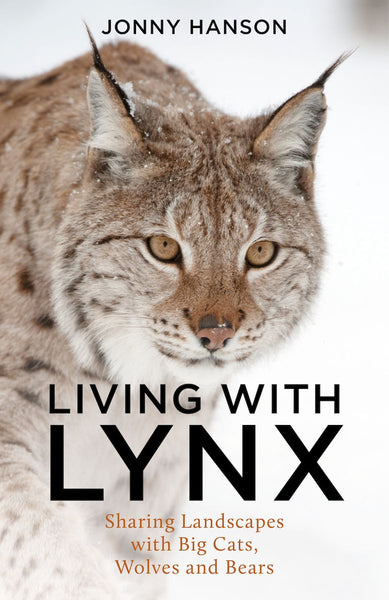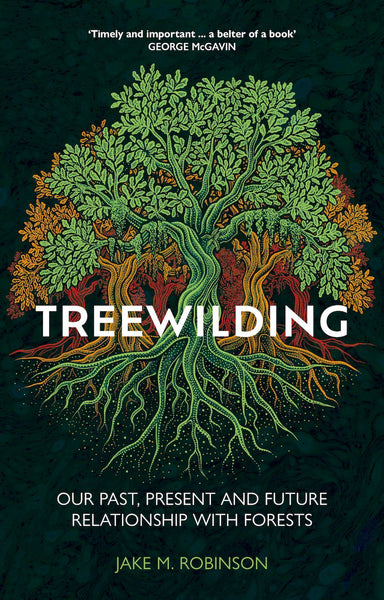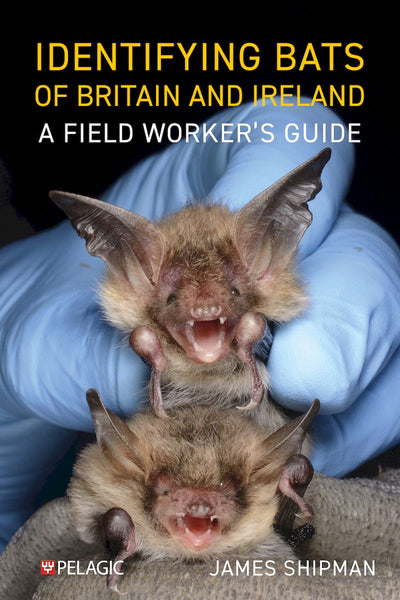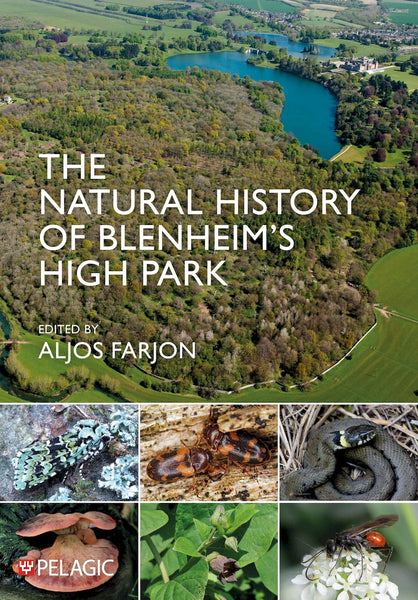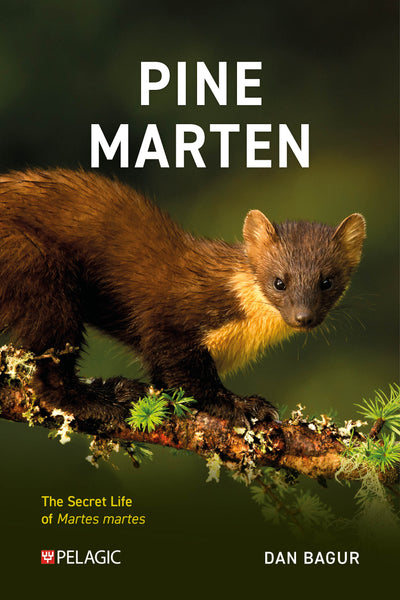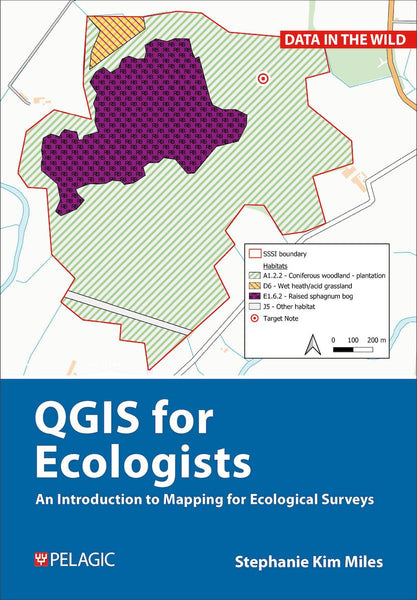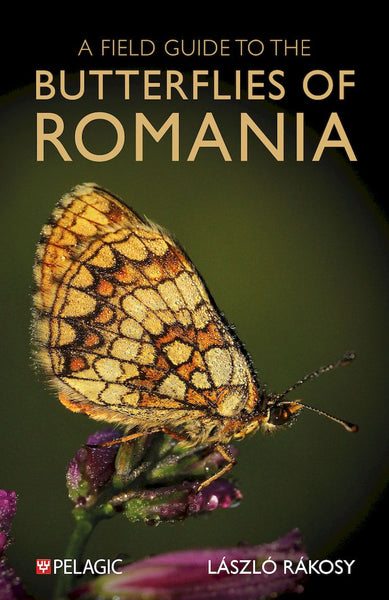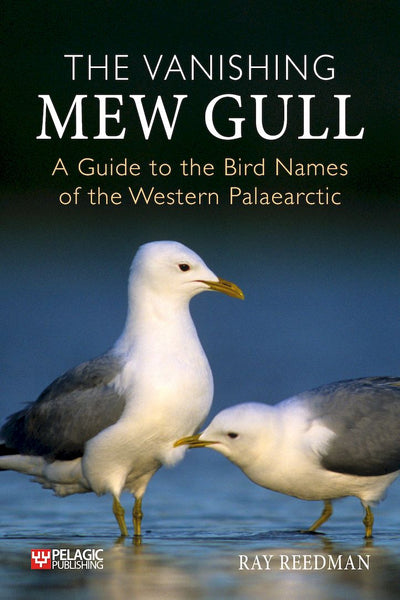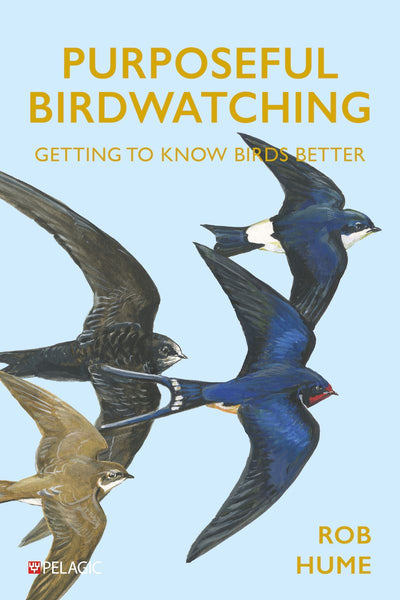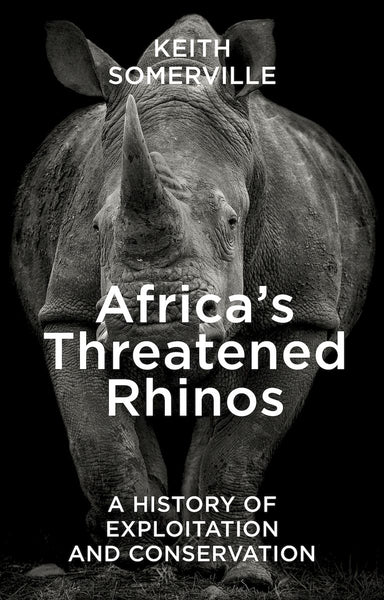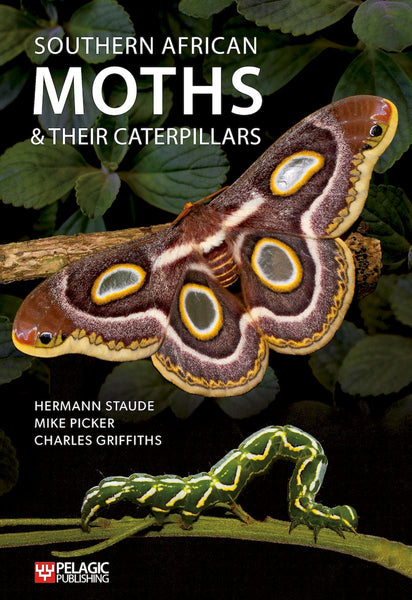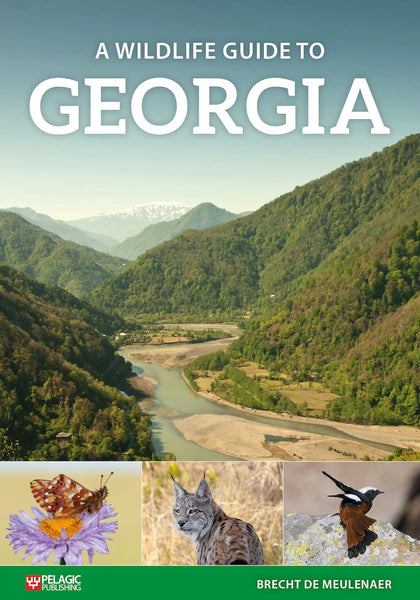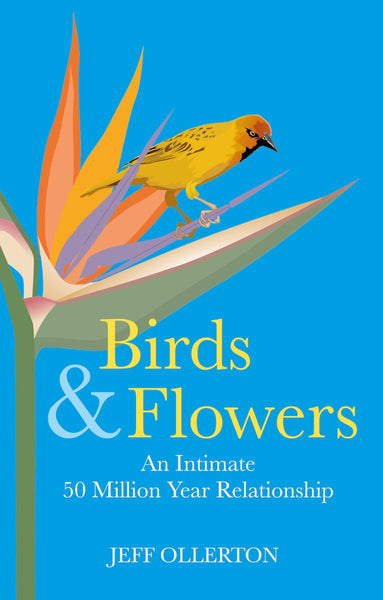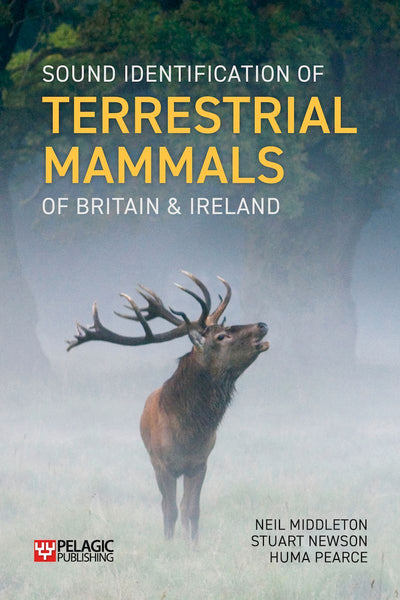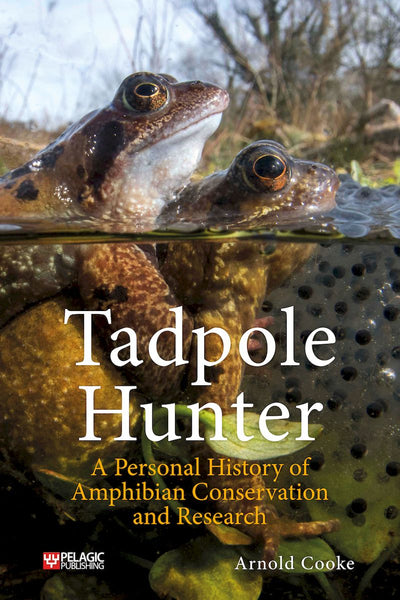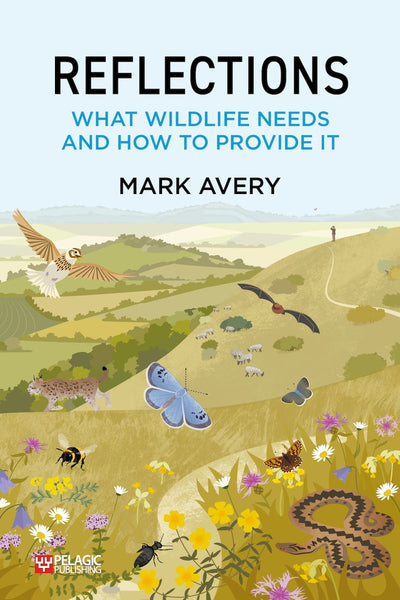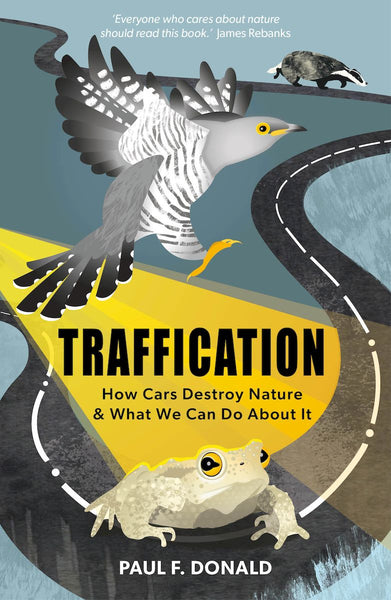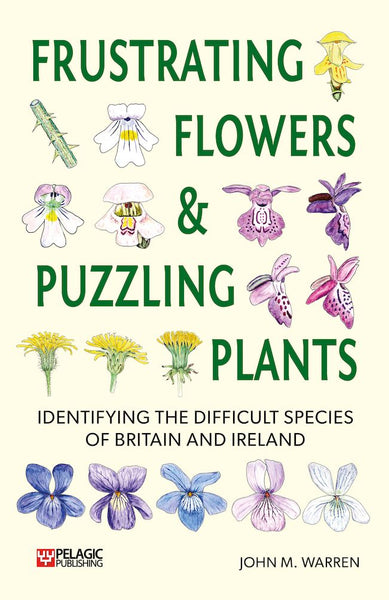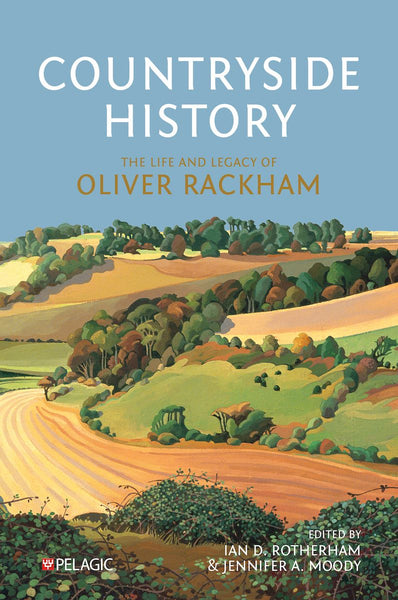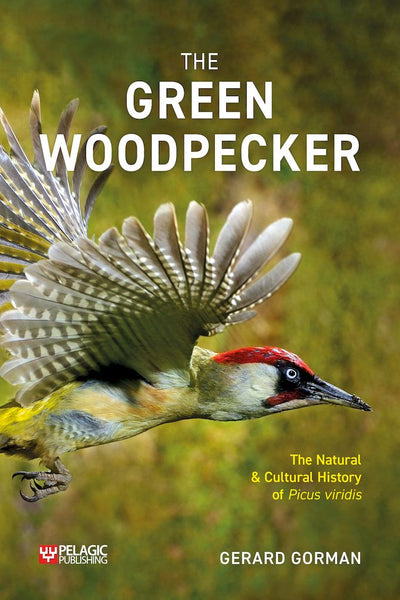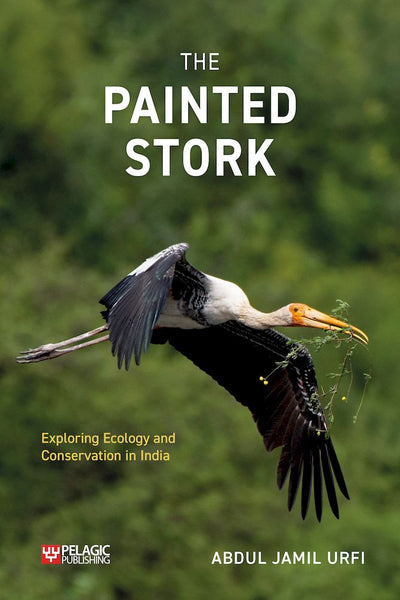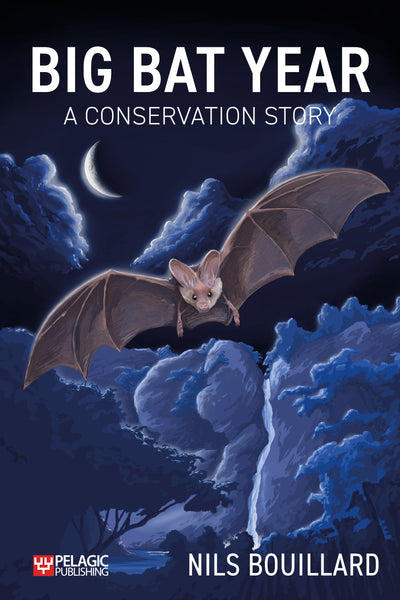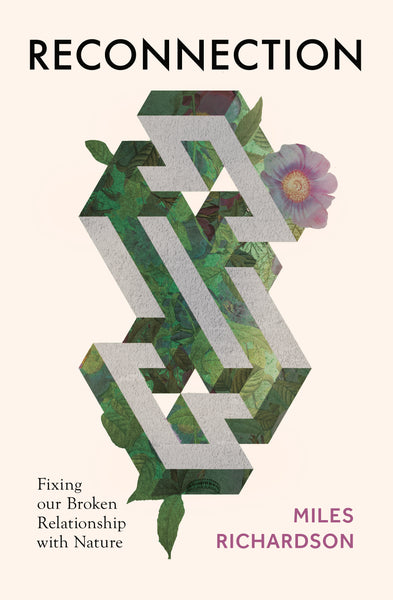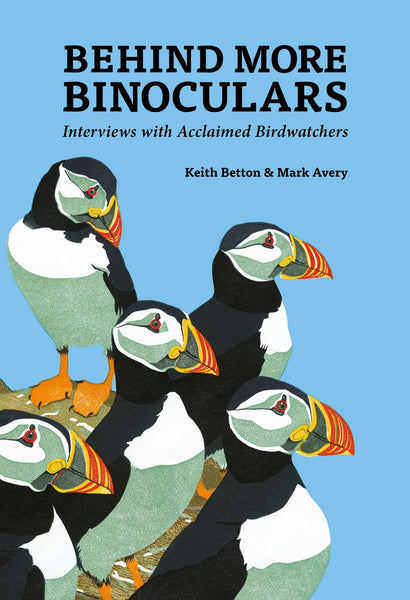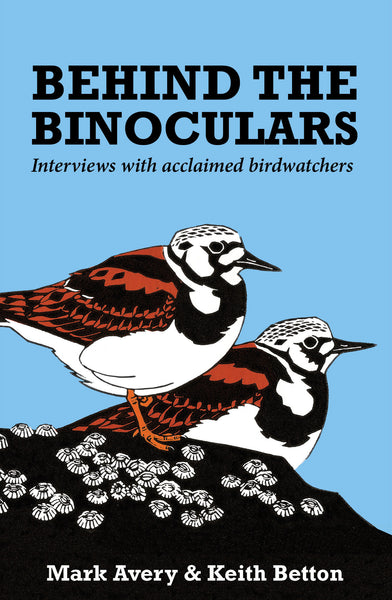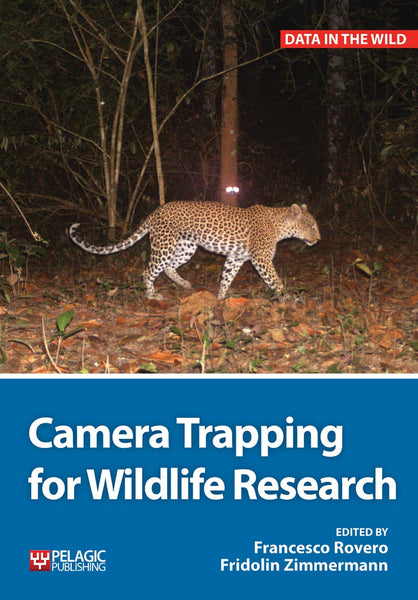Denis Costello talks to us about Walking Safaris of Africa.
Could you tell us a little about your background and when your love of trekking began?
I’ve always been a traveller and hiker and happiest when I’m far from roads in true wilderness. My former work in IT brought me to a lot of interesting places, and I carved out time between jobs for long overland trips. Now, I’ve found an activity that combines my love for travel, walking, nature and writing. Although I have to admit I was embarrassingly ignorant about African nature until I did my guide training and still have a lot to learn.

The Okavango Delta is made for exploring on foot and on water ©Walk Botswana
What made you decide to write Walking Safaris of Africa?
Once I discovered that it was possible to walk in areas with elephant and lion and other big game, it was impossible to just stay in a vehicle. I did as many trails as possible, including many backpacking safaris in South Africa, and kept hearing from guides of new places to try a walking safari. Information was not easy to find, as it’s regarded as a niche activity. I collaborated on an eBook on Kruger walks which led to a deal for my first book, Walking Safaris of South Africa, which came out in 2021. Three years and lots of walks later, I extended that idea to nine countries, and would love to add more in the future.
 Rock art appreciation is a favourite element of Matobo walks ©Amalinda Safari Collection
Rock art appreciation is a favourite element of Matobo walks ©Amalinda Safari Collection
What is it about walking safaris that make this way of experiencing African wildlife so special?
It’s completely absorbing. In a vehicle you skim the surface, just looking at wilderness, and going on a foot is a full immersion. It feels right, an activity we can share with our earliest human ancestors. And you soon learn that it’s more about the stops than the walking - sitting in the shade of a rock shelter, looking down on wildlife roaming free, is enriching, therapeutic. There’s also a strong learning aspect, as it’s a chance to investigate geology, invertebrates, trees, human history and plenty more. People who walk tend to become strong advocates for defending wilderness habitats.

A giraffe browsing a desert date tree: a signature image of the Mara savannah ©Kim Paffen
What would you say is the biggest misconception about walking safaris?
People think they won’t be able for it, that it will involve trudging in the hot sun with the threat of ambush by dangerous animals. In fact, most walks are gentle ambles in the cool air and rich light of early morning, and involve frequent stops to investigate all sorts of things you miss when confined to a vehicle. And walking guides are the top tier, expert not just in interpretation but all the situational awareness skills that keep us safe on foot.

We squatted down and could discern a small breeding herd just 30m away ©Kim Paffen
What was the biggest challenge you faced whilst writing the book?
I underestimated how many walking safaris I would find that deserved inclusion, so it became a bigger book than expected. I did some pruning, and was happy to have the support of Pelagic to be so comprehensive.

We walked by the Shire River in the shade of fever trees ©Kim Paffen
Do any of your walking safari experiences stand out as favourite or most memorable?
I do pick a favourite in the book, because it combines the elements that make for a great walking safari, and that’s Liwonde National Park in Malawi. There’s year round water with the Shire River always full of life; towering baobabs, fever trees and palms; lion, elephant, rhino and other animals to track; excellent guiding and accommodation options; and not many other visitors. It’s a well-managed park that is recovering from past neglect, and I think it’s important that as wildlife travellers we support such places and avoid becoming part of the problem at more high profile and overburdened parks. With climate change already a real issue for Africa’s people and habitats, I believe that the ‘slow safari’ style of a walking safari is the way to gain a deeper understanding of the natural world, and motivate us to protect it.
Learn more about Walking Safaris of Africa here.






